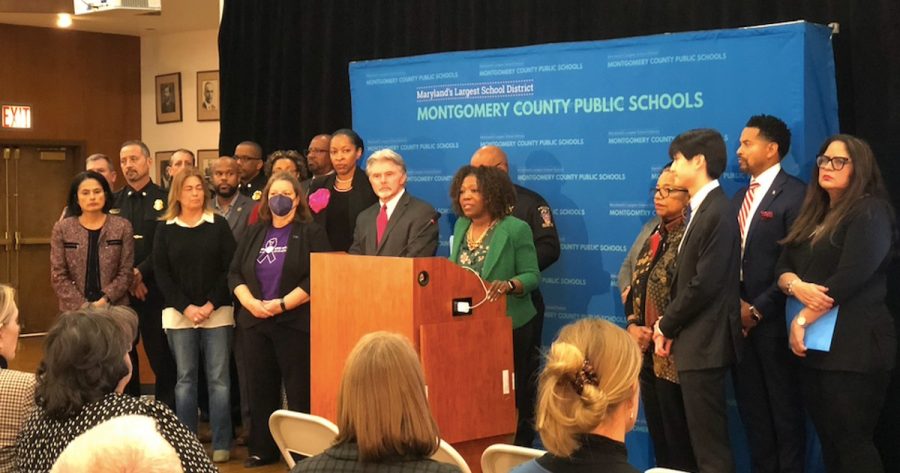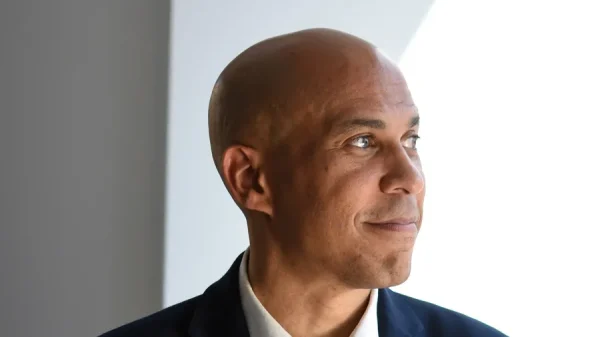Rising opioid use amongst Montgomery County teenagers sparks conference
On Thursday, Jan. 19, Montgomery County Public Schools (MCPS) Superintendent Dr. Monifa McKnight along with a board of speakers established to raise awareness and take action against the rise of opioid usage amongst teenagers. The committee was composed of State’s Attorney John McCarthy, Montgomery County Police Chief Marcus Jones, Dr. Patricia Kapunan, and grieving parents, all united against the rising rates of opioid-related overdoses by the youth.
The public shared a general sentiment of alarm over youth opioid use sparked by the death of a 15-year-old John F. Kennedy High School student who passed away from a suspected opioid overdose. According to MCPD, in 2021, there were five fatal youth opioid overdoses compared to the 11 fatal youth opioid overdoses in 2022 – a 120% spike in overdoses. Mrs. Elena Suarez, a mother of a child who passed away from an opioid overdose, joined Surviving Our Ultimate Loss along with more than 80 other parents who have lost their children to opioid overdoses.
“SOUL is a group that you never want to be a part of,” stated Suarez when explaining her own experience with the loss of a child.
With 44.6 deaths related to opioids for every 100,000 people, Maryland ranks number 6 for the highest opioid-related death rates in the United States. McKnight called for youth-driven solutions to address the opioid problem among high school students. Much of the meeting revolved around McKnight’s push for addressing the root causes of addiction, something that she boils down to an amalgamation of mental health issues, lack of education, desire to be more productive, and desire to experiment.
“We have to teach them to make better choices,” said McKnight when discussing implementing more drug abuse education.
With the rising opioid usage amongst teens, one street opiate stands out as the new heroin. Fentanyl is 50 times more potent than heroin, the drug that the MCPD targeted initially. According to Capital News Service Maryland, In 2011, heroin and prescription opioids made up 95.77% of opioid-related deaths, with the rest being from fentanyl. In contrast, 2020 traced 29.94% of opioid-related deaths back to heroin and prescription opioids, with the remaining 70.06% being the results of fentanyl. Jones warned about the illegality of the usage and possession of fentanyl and stated that recent trends suggest an increase in the intentional use of fentanyl. His solution, similar to McKnight’s, was to educate the public and assure that the police department would not arrest their way out of the crisis.
Dr. Patricia Kapunan, who works with the Department of Health and Human Services, emphasized taking action when dealing with the opioid crisis rather than simply raising awareness. Her recommendation in taking action was to implement a Naloxone usage training program throughout schools to combat deaths related to overdoses. Furthermore, Kapunan stated that a de-stigmatization of substance use disorder would allow people to get the help they need. Some basic ways to help reduce the stigma around opioid usage, according to Kapunan, is to use language that is respectful and non-derogatory when talking about substance use.

Aarsh is a senior in the Humanities program. This is his second year with The Poolesville Pulse and first year as a Copy Editor. Outside of school, he...









